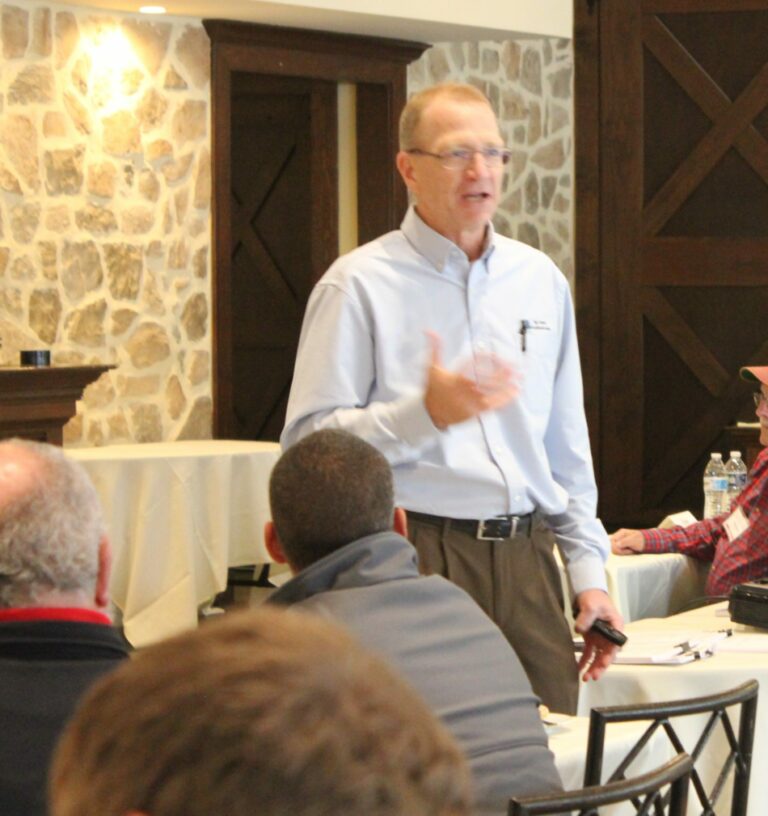3 areas to differentiate yourself as a salesperson
When your customers interact with you and your company, do they say, “Wo! Or WoW?”
Wo means, their experience is so bad, they exclaim, “Wo! That was bad.”
WoW means, their experience is so good, that they exclaim, “Wow, that was fast, easy, great!”
The Problem:
As sales professionals, we are striving to Wow our customers with our technical knowledge and our great products. We love to get into the weeds on the features and benefits of our products and their results. And there is nothing wrong with that. Except, that every one of your competitors is doing the same thing. So, the customer listens nicely to us and then turns us down on our closing question (if we ask one). They decide that we are over-biased about our products.
A Solution:
Differentiate! You have to find a way to set yourself apart. If you truly are technically superior to your competition and you can get better results for your customers than your competition, then please use that as your differentiator. But as I work with sales teams, I typically only see a few on sales teams that can do that. Most are solid in their technical skills: agronomy, nutrition, Ag lending, crop insurance, grain marketing, etc. But they struggle to make that a differentiator. They are viewed by their customers as being similar to the competition.
How to Differentiate:
- Communication: This is an easy differentiator.
Call them back faster, and more often, and touch base with them more frequently than you think you need to. The bottom line, over over-communicating. Get on the phone, text, email, Twitter, Facebook Messenger, and communicate when and how your customer wants to. Don’t disappear or ghost them; especially if there are problems with their account. If you write things out on a to-do list but often fail to do them, here’s a great way to fix that. Put calendar invites on your Outlook calendar on your phone so you get a reminder to call or follow up with people. Put the phone number in the location so you can quickly tap it when you get the reminder.
If you are in Gen Z and heard the stereotype that this generation doesn’t communicate very well, Great! Your job just got easier. All you have to do is respond quickly. Even if you don’t know the answer, let them know you got the text or voicemail, and will reach back out. Here’s another great tip, “Answer the phone.” It’s not hard, just hit the green button and say hello. Customers call when they want to talk, text when they want to text, and email when they want to email. So, reply in the same form of communication they do, unless it’s an emergency.
Now that we discussed your communication, let’s talk about the rest of your company. How easy is it for customers to get primary customer-facing people on the phone: order entry people, delivery dispatch offices, billing departments, etc? Are they easy to reach? Can they quickly answer customer questions? Are there misunderstandings on how fast products can be delivered or services provided? If so, that’s your place to lead that communication exchange so customers are aware before they get frustrated with a late delivery.
One last thought on communication. First, we spend thousands to hundreds of thousands of dollars every month on communication (phones, cell phones, email programs, etc. Yet we still have complaints about not communicating enough.
2. Accounting: and other administration:
We have a sad state of affairs in agribusiness when it comes to our accounting software. As much as we have advanced in farmer or customer-facing software, we still are terrible at managing our customer’s accounts. In almost every team I work with, we get on the subject of managing their customer data info so they can better manage their territory. That leads to a discussion on CRM (customer relationship management) software. That then leads to a discussion on the data they can obtain from their accounting software. That ultimately turns into a discussion on how poor they are at mining their own data. In fact, they struggle to do the basics such as billing the customer correctly. They struggle most when it comes to what’s referred to as a “one-off” situation, like pre-pay, contract-priced products, or pricing grain contracts. The problems get worse when almost every salesperson is using multiple “one-offs”. I mentioned to one salesperson that “you don’t have one-offs, because your deals are never “On”! Everything you do is a one-off.”
Building WoW with Admin:
Start by reading or listening to last week’s article about “Mandatory Teamwork”
It’s not optional anymore. Your customers are expecting you to operate as a team. And improving some of these processes is going to involve a lot of teamwork to accomplish them.
Core concepts of developing this ability are:
- Seek to understand – go sit with these folks on your team. Treat it just like a sales call. See firsthand the how and why of the current methods. Then look to make improvements.
- Make them understand – now invite them to come see your world. Facilitate ride-alongs so they can meet customers face to face. It will change their view of everything they do.
3. Distribution
This is another sore subject in almost every agribusiness. We work in remote locations where we don’t have access to a large pool of drivers. We deliver into some difficult environments with little to no instructions. Ever had delivery instructions like this? “Deliver it to the back barn near the dry cow lot. Keep it away from my brother’s fence line though”. Much of our delivery routes are institutional knowledge held in the mind of the usual driver that goes to that farm. Unloading 50# bags by hand, climbing rusty bin ladders, dodging dogs, bulls, and power lines is not an easy job to fill.
Building WoW with distribution:
Thoroughly scour your market for all the different methods that companies are using to distribute their products. Also, look outside of your industry and market for methods that other industries are using. Look for key factors in their delivery methods like:
- Load sizes
- Lead time needed to accomplish their delivery method
- Drivers they typically hire. Are we able to find those drivers in our market?
- Company drivers versus contract hired versus open market freight companies
- Could we apply this method as a test in a small area with a specific customer segment?
- Could we use their actual delivery system for our distribution? Maybe cross-docking our products with theirs.
How to begin this process as a salesperson:
Start this journey by asking this question of your best customers:
“You’ve been in business a long time and have had a whole bunch of suppliers over those years. Who was or is the best to buy from when it comes to trucking, administration, communication?”
Then listen, take good notes, and consider these follow-up questions:
- Do you still do business with that person or company? If not, what happened?
- What happened to that business? Do they still offer that solution that the customer liked so much?
- How much did that business charge for the kind of service they provided?
Now ask yourself these questions to determine if you want to replicate what you heard:
- Can we apply those same methods?
- Would customers see the value in it? Are they willing to pay for it?
- What would be the cost to do so?
- Can we find someone to actually do those things?
- Should we offer it to every customer or can we segment it to only those willing to pay for it?
- What would be the impact internally on our team if we did this?
After eight years of writing and recording these articles, I can only hope that I have provided WoW ideas to you! If so, I only ask that you share them with those in your network who might also benefit from them.
And best of luck in using these techniques to WoW your market!


